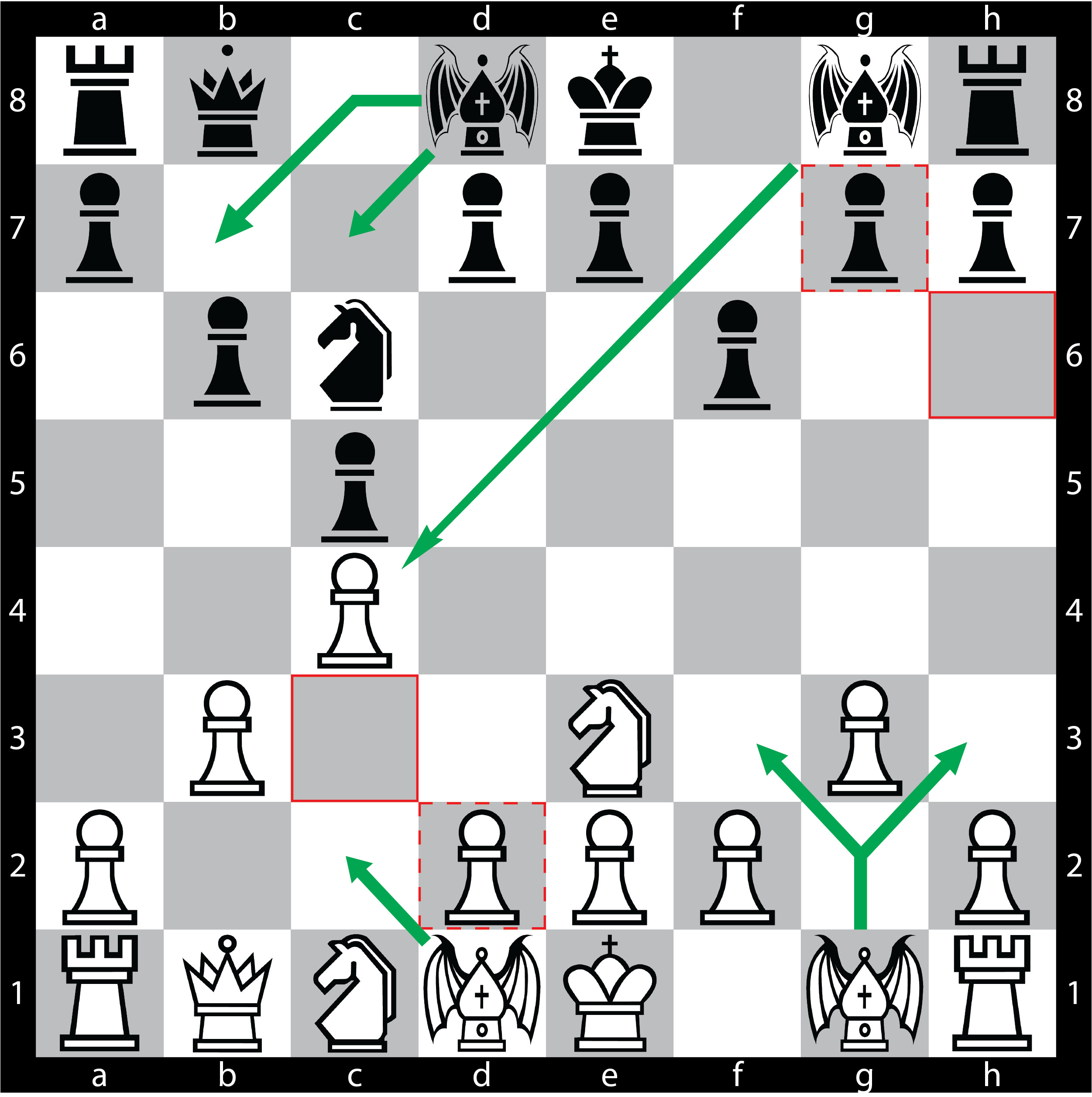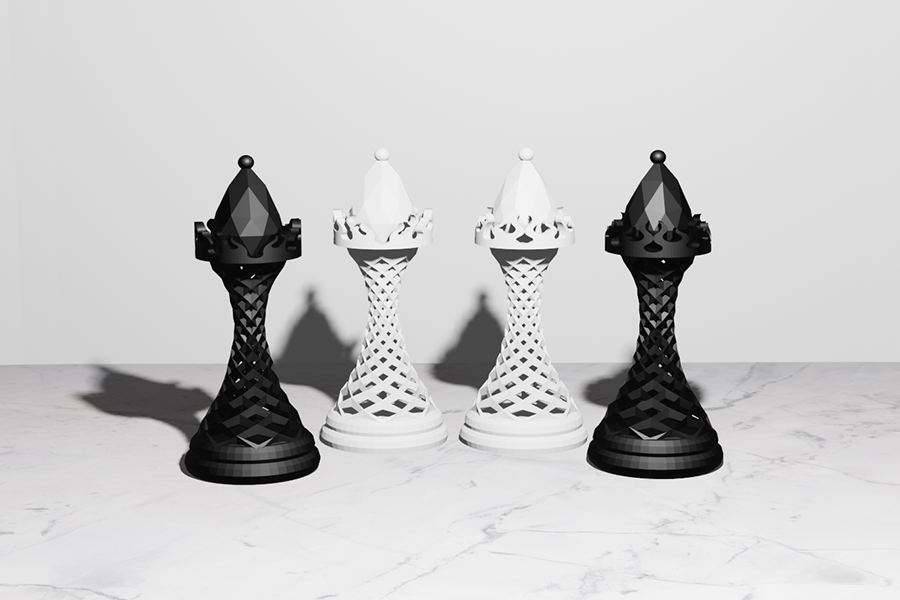About Paradigm Chess30

Introduction
The Paradigm Chess30 concept is an enhancement of MRL Chess Paradigm. The MRL Chess Paradigm concept was originally introduced to minimise the excessive number of draws, which occur in normal (classical) chess.
With its set eight starting positions (derived from Fisher Random Chess) together with the applicable dynamic rules (“anti-draws”), the MRL Chess Paradigm concept encouraged chess players to display their strategic creativity, especially in the opening phase of the game. The MRL Chess Paradigm version of the game was made for many an exciting duel between chess players, which magnified the need for principled play chess.
The objective of Paradigm Chess30 is to further improve the dynamics of normal chess, without changing the basic rules of our beloved game. Paradigm Chess30 should be simple to implement in tournament play, without altering the game completely.

METHODOLOGY & INSPIRATION
In chess, material imbalances make for compelling games that demand great levels of chess understanding. Paradigm Chess30 has added a new dimension to piece play, which brings into sharp focus the need for greater consideration when exchanging pieces. The obvious result is that there is a more complex dynamism on the chessboard and, hence, fewer simplified games occur. Inspired by the evolution of our royal game and Capablanca Chess, the birth of the Dragon Bishop emerged. This unique idea of enhancing the normal (classical) Bishop with the additional movement capabilities of the Xiangqi horse will radically transform the game of chess ̶ by increasing attacking possibilities without jettisoning the classical positional and strategical chess principles..
The Dragon Bishop moves like a normal Bishop, and like a Xiangqi horse (not jumping over pieces like a Knight but moving one square vertically or horizontally, followed by one square outward diagonally). (See diagram 1.)

Diagram 1: Dragon Bishop movement
► The Dragon Bishop on g1 can move to either square f3 or h3, because g2 is
vacant.
► The Dragon Bishop on d1 cannot move like a normal Knight to square c3,
as the d2 pawn blocks it. But it can move to square c2 like a normal Bishop.
► The Dragon Bishop on d8 can move to square b7 (because c8 is vacant),
as well as square c7 as a normal Bishop.
► The Dragon Bishop on g8 is blocked by the g7 pawn and cannot move as a
normal Knight, but it can develop normally as a Bishop on the f7 to c4
diagonal.
If we consider the reasons for the countless draws in chess, they mostly occur in Rookendings which come about after many exchanges in the middle game. In Paradigm Chess30 the different values of each piece will now engender a greater emphasis on piece activity and spatial understanding, as well as inject more tactical nuances on the chessboard. The Dragon Bishop, as a self-standing chess piece, will also eliminate commonly drawn endgame positions involving opposite colour square Bishops, Rook and Bishop vs Rook, Rook vs Bishop, Bishop and wrong Rook Pawn, etc. In fact, contrary to classical chess, experimental games have shown that a King and a sole Dragon Bishop can checkmate the opposing sole King!

Upcoming Events & Tournaments



